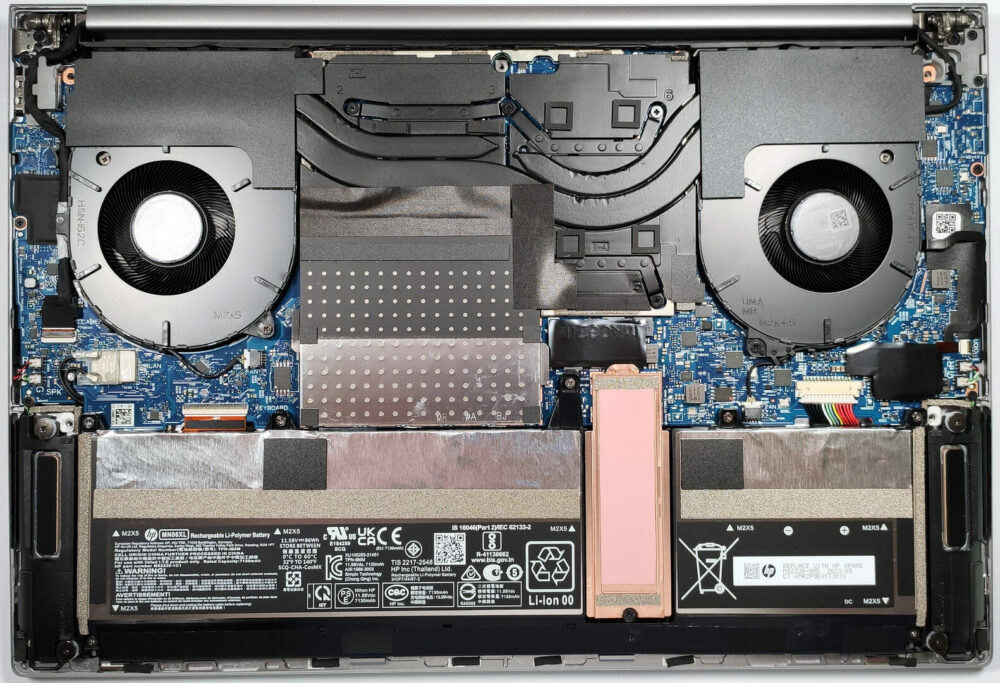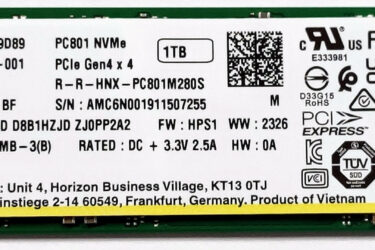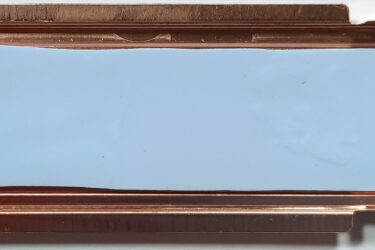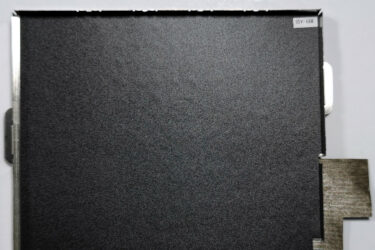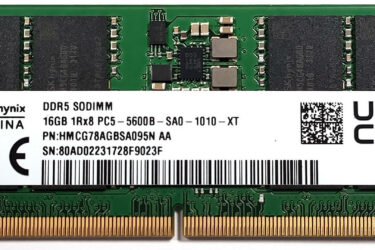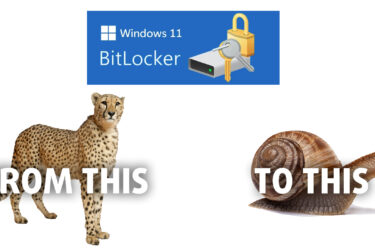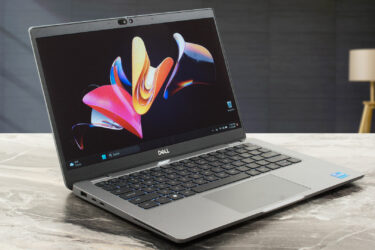HP ZBook Studio 16 G10 review – finally, capable thin and light mobile workstation
Disassembly, Upgrade options, and Maintenance
If you want to remove the bottom plate, you have to undo 5 Torx-head screws. One of them is hidden below the middle area of the back foot. You have to pop the small cap and then you can undo the screw beneath it. After that, you can pry the bottom panel with a plastic pry tool. The best starting point is one of the two speaker cutouts.
The battery here is an 86Wh unit. If you want to remove it, you have to unplug the battery connector. Then, the next job is to unscrew the 7 Phillips-head screws that are fixing the battery to the base which is a bit of a tricky situation because you have to raise manually every screw in order to fully undo it. Your last task is to remove the NVMe from the single M.2 Gen 4 slot that is also compatible with SED (self-encrypting drive) SSDs. The battery life is mind-blowing! The capacity is enough for 25 hours of Web browsing and almost 17 hours of video playback.
As you can see, the NVMe is covered by a metal plate that is making contact with the bottom panel via a thermal pad, and there is another pad on the inside of the element.
Memory-wise, there are two SODIMM slots for up to 64 gigabytes of DDR5-4800MHz or DDR5-5600MHz memory. The RAM slots are protected by a metal shroud.
The cooling system comprises two fans and three heat pipes – one shared between the CPU and the GPU, and one for each chip. We can also spot two heat sinks and some heat spreaders.
